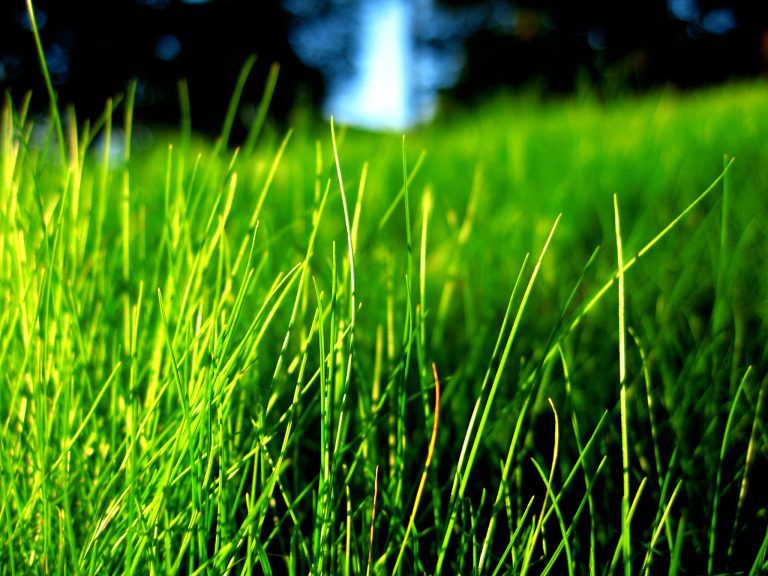Maintaining lawn care equipment is essential to ensure it continues to function optimally, season after season. Regular maintenance helps extend the lifespan of the equipment and keeps it performing at its best. But with so many different types of lawn care equipment available, it can be challenging to know where to start. Fortunately, by following a few simple maintenance tips, you can keep your equipment in excellent condition. From sharpening blades to cleaning air filters, regularly servicing your lawn care equipment can save you time and money in the long run. There’s no need to wait until something breaks down to start thinking about repairs. By taking preventive measures, you can ensure that your equipment performs to the best of its ability. Read on and discover how to ensure your gardening tools and devices stay in prime condition for years to come! Stay on the Lookout for Fault Codes Most newer models of lawn care equipment are equipped with fault codes designed to alert the user when something is wrong. These codes can be displayed on a screen or panel on the equipment itself, or they may be displayed on a remote control. If you see a fault code appear, take note of what it is and consult the manual to find out what it means. Of course, if you bought your lawn care equipment second-hand, you may not have an owner’s manual. Fortunately, the internet is a treasure trove of information, and you should be able to find out what the code means with a quick Google search. Got yourself a used John Deere vehicle, and it’s acting up? Find solutions with the John Deere fault codes list online to understand what’s wrong before it stops working completely. In some cases, you may be able to fix the problem yourself. However, if the code indicates a more serious issue, it’s best to take the equipment to a professional for repairs. Keep Blades Sharp One of the most important things you can do to keep your lawn care equipment in good condition is to keep the blades sharp. Dull blades can cause damage to your lawn and put unnecessary strain on your equipment’s engine. You can either sharpen the blades yourself or take them to a professional. If you decide to do it yourself, be sure to wear protective gloves and follow the manufacturer’s instructions carefully. Clean Air Filters Air filters play an essential role in maintaining the performance of your lawn care equipment. They prevent dirt and debris from entering the engine and can become clogged over time, causing the machine to work harder than necessary. To prevent this, it’s essential to clean the air filters regularly. This can be done by removing the filter and spraying it with compressed air or a gentle cleaning solution. Change Oil and Oil Filters Like any other engine, the engine in your lawn care equipment requires oil to function correctly. Over time, oil can become contaminated with dirt and debris, which can cause damage to the engine. To avoid this, it’s essential to change the oil and oil filters regularly. The frequency of oil changes will depend on the type of equipment you have and how often you use it, but many manufacturers recommend changing the oil every 50-100 hours of use. Check Spark Plugs The spark plugs in your lawn care equipment are responsible for igniting the fuel in the engine. Over time, spark plugs can become dirty or worn, which can cause the engine to misfire or not start at all. Remember to check the spark plugs regularly and replace them if necessary. This simple process can be done with a spark plug wrench and a new set of plugs. Inspect Belts and Hoses The belts and hoses in your lawn care equipment are responsible for transferring power from the engine to the various components of the equipment. Over time, these parts can become worn or damaged, which can cause the equipment to malfunction. As such, the belts and hoses should be the next things on your maintenance checklist to be regularly inspected and replaced when necessary. Buy High-Quality Replacement Parts When it comes time to replace parts on your lawn care equipment, buying high-quality replacement parts is important. Cheap, generic parts may be tempting, but they can cause more problems than they’re worth. Not only are they more likely to break down, but they can also void the warranty on your equipment. When in doubt, always buy replacement parts directly from the manufacturer or a reputable dealer. Conclusion By following these simple tips, you can keep your lawn care equipment in excellent condition for years to come. Of course, regular maintenance is only part of the equation. It’s also essential to store your equipment properly so that the environmental conditions don’t cause damage, and use only high-quality replacement parts when necessary. Remember that the need for regular maintenance can be drastically reduced by investing in quality lawn care equipment from the start. Do your research and buy from a reputable dealer to get the most bang for your buck. Avoid buying equipment others consider faulty — even if it’s being offered at a discount. In the end, it will only cost you more money in repairs and replacement parts. Now that you know how to keep your lawn care equipment in top condition, put these tips into practice and enjoy a beautiful lawn for years to come! Building, Design & Construction Magazine | The Choice of Industry Professionals





